Contributing authors: Daniela Rouse & Chase Clark
There is no surprise that having an eCommerce channel to sell your products is one of the most important factors in helping small retail business growth. However a online store can not live up to its full potential without an effective email marketing campaign in place!
Let’s walk through all of the necessary information to get you get started:
Tools to Use:
Take advantage of the top players in the email marketing campaign game to make your life easier. Both Constant Contact and MailChimp are the most popular options available to take your email marketing strategy to the next level.
When comparing the two, you can see that they are both excellent tools for automation and professional looking emails that stand behind data driven results. Constant Contact allows for a 60-day free trial. This gives you two months to see if you have success in boosting your open rate. Mailchimp on the other hand, allows for totally free access for up to 2,000 subscribers or 12,000 emails sent per month. This will certainly be enough for most small business eCommerce sites out there.
After some time, you will be more acquainted with email marketing and can shift your business to a more specialized platform should you see fit.
Subject Line:
Subject lines are possibly the most important factor affecting click-through-rate. If your subject line does not entice your customers to open, then you will never see results. Common themes to ensure the click to open include: urgency, curiosity, offers, personalization, relevance, name recognition, and intriguing stories.
I would suggest that you set the implication that there is information useful to them within the email body (obviously don’t bait them and not deliver). If the reader’s self-interest is involved, there is a good chance they will open the email to see how they are personally affected!
So what are some proven ones?
- Teaching: “How To….”
- Quantitative: “5 Reasons Why…” “10 Items To….”
- Scarcity/Promotion: “Ending Soon!” “Last day!”
Check out more subject lines HERE!
Body:
The most important thing when crafting your email marketing campaign content is knowing your customer relative to your brand.
Before even starting, you need to identify who your target customer is with each message that you create. You can do this by creating personas detailing that reflect their respective buying habits, demographic factors, and the what some of their other interests are complimentary to your product offerings. Keep in mind what your customer wants, and what will grab his or her attention the most.
Keep the body of the message brief! Think about all of these things in mind when creating your email to your personas:
- Action-oriented language to make them want to pursue a purchase
- Numbers/lists to concise your information
- Colorful and eye-catching pictures
Have no idea where to start? Take a look at other successful campaigns for inspiration.
Best Times:
There are all kinds of statistics out there determining the best and most effective time to send out emails. However, it is most commonly concluded that the highest open rate happens at 10AM in the respective time zone! In order to fit this sending schedule into your day, consider taking advantage of send later features that most email accounts and plug-in options offer.
It certainly depends what the nature of your email is as well. Business oriented emails probably do better on Tuesdays, Wednesdays, and Thursdays (the highest open-rate being Thursday). This is because people are likely at work or on their phones where they are going to be scanning or checking their email regularly!
Frequency:
When it comes to email marketing campaigns, of course frequency is important. Too often, it can appear as annoying to customers, while too few can lose their attention and be ineffective for promoting brand awareness. It is recommended that emails are sent between 2-3 times per month. If you do plan on sending more, shoot for no more than two per week.
About 70% of people state that they unsubscribed to an email list due to receiving too many emails. It is often difficult to find that sweet spot in the middle of “too many” and “too few”. I would suggest leaning on the side of sending less emails, but working on sending out incredibly high quality content when you do!


